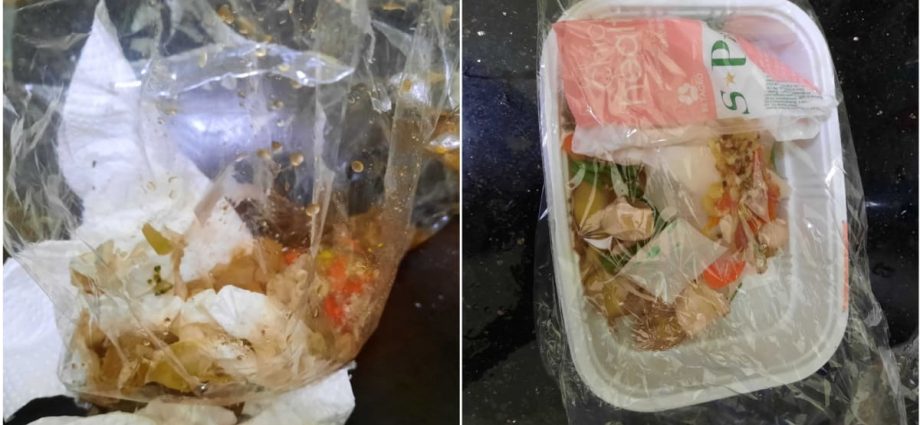
SEGREGATING WASTE
Non-governmental organisations that CNA spoke to advised users to segregate their rubbish for better management.
Zero Waste SG suggested separating wet and dry waste to cut down on the number of plastic bags required.
While bagging wet or medical waste may be necessary for sanitary reasons, separating this from other rubbish will reduce the amount that actually needs to be bagged, the organisation’s executive director Tan Huileng said.
“On a more micro level, you can try to ‘coincide’ your bagging trash practice with points in your daily routine where you generate the most trash. For example, if most wet waste is generated during meal prep, use one produce bag, or a wrapper or bag from ingredients to contain all the trash before throwing everything away after mealtime,” said Ms Tan.
Both Ms Tan and The Eco-Statement founder Sangeeta Nair said recyclables should also be separated, as they can be deposited into the blue recycling bins without plastic bags.
Separating wet and dry rubbish required conscious effort, as this reporter found out. Wet waste went into repurposed packaging and dry waste into various other receptacles. For example, rubbish such as small wrappers from toiletries went into an empty tissue box which did not have to be emptied every day.
By doing so, far less rubbish was accumulated that had to be thrown away in a plastic bag at the end of the day.

